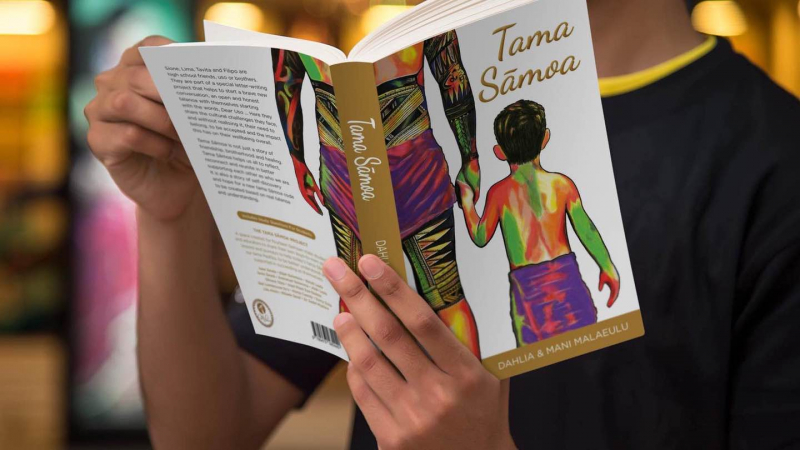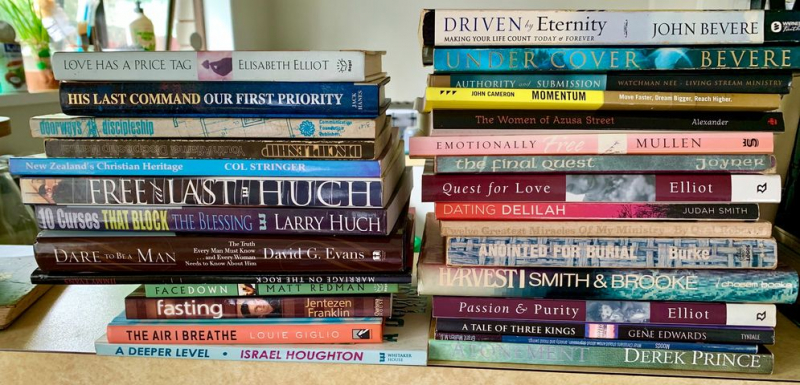Literature
Samoan literature is divided into oral and written literatures, written in Samoan and in English or English translation, and comes from the Samoa Islands of independent Samoa and American Samoa, as well as Samoan writers in diaspora. Samoan as a written language emerged after 1830, when Tahitian and English missionaries from the London Missionary Society developed a Latin script-based Samoan written language in collaboration with Samoan chiefly orators. There were logologo (tapa signs) and tatau (tattoo signs) before this, but no phonetic written form.
Solo (poetic narratives), fa'alupega (genealogies), tala (histories and mythologies), fa'agogo (folk tales), pese (songs), and faleaitu theatre are examples of pre-colonial and post-colonial Samoan oral literature. German scientist Augustin Kraemer collaborated with Tof Sauni and other Samoan orator chiefs to collect and publish important solos in Samoan and translations. Teo Tuvale, Gatoloai Peseta Sio, Seiuli Le Tagaloatele Fitisemanu, and Daniel Pouesi published collections of traditional Samoan stories in the twentieth century.
Beginning in the late 1960s, the emergence of Samoan written literature coincided with the development of indigenous Pacific Islander literature in the Pacific region as a whole. In the 1990s, novelist and poet Sia Figiel ushered in a new era of Samoan literature. She influenced subsequent generations of Samoan women writers, including poets Tusiata Avia and Selina Tusitala Marsh, as well as novelist Lani Wendt Young.














